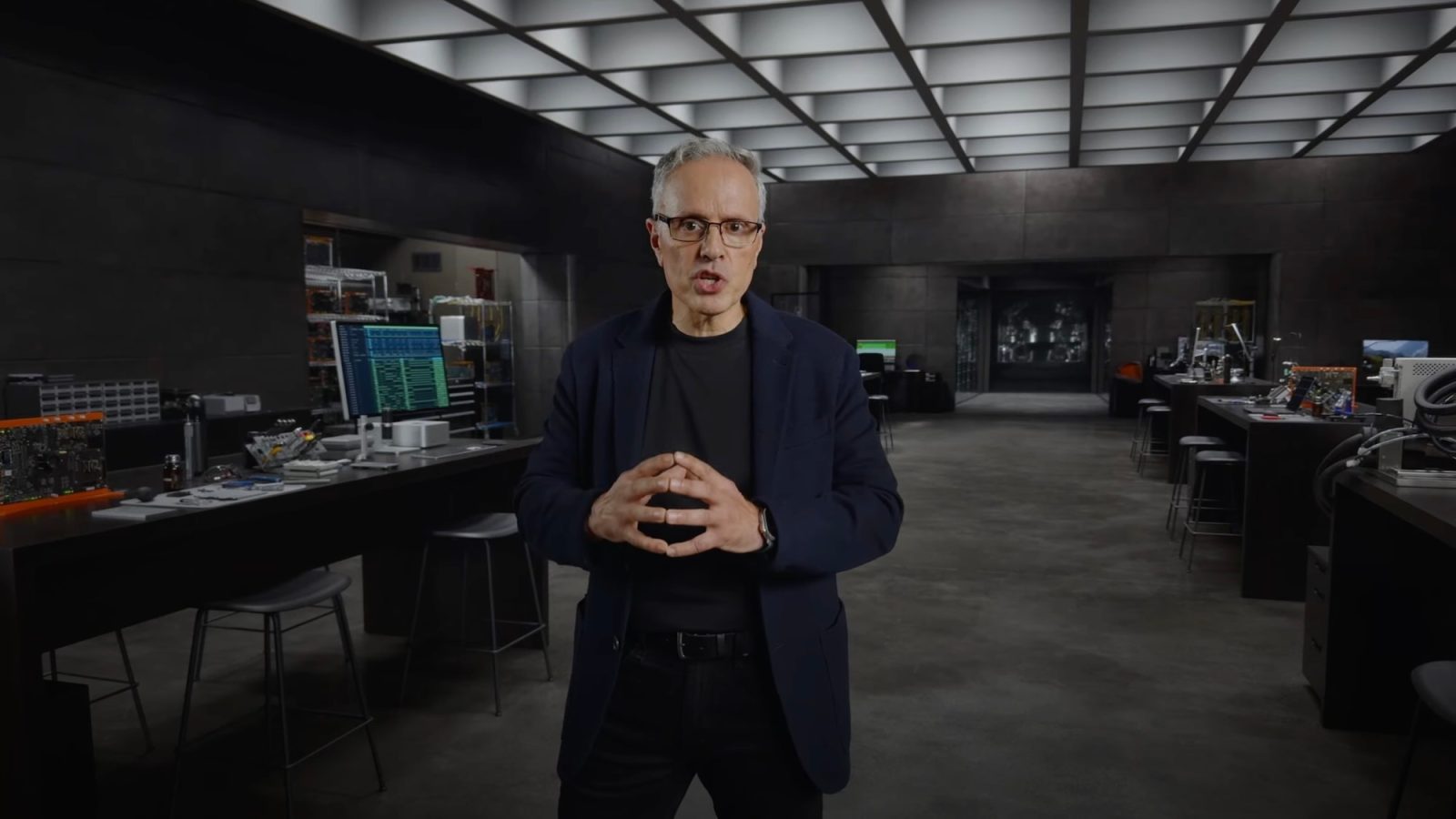In a year full of major advances, over-hyped findings and controversial studies, it was tough to choose which breakthroughs were the biggest in 2010. So we’ve collected the ones that stood out the most to us.
From synthetic life and three-parent embryos to the possibility of a new human ancestor and a habitable exoplanet, here are the breakthroughs that made us shout “Science!” the loudest this year.
Dinosaur Colors
For the first time, scientists were able to use direct fossil evidence to make a reasonable interpretation of a dinosaur’s color.
Building on the discovery of preserved traces of pigment structures in cells in fossilized dinosaur feathers (above), paleontologists compared the dinosaur cells with the corresponding cells in living birds. By studying the colors created by different combinations of these melanosomes in bird feathers, the researchers recreated the coloring of a recently discovered feathered dinosaur, Anchiornis huxleyi (right).
The dinosaur probably had bright orange feathers on its head and speckled on its throat, a grey body and white accents on its wings.
The same technique was subsequently used to determine the color of a giant fossil penguin.
Images: 1) Sam Ose /Wikimedia Commons 2) Michael DiGiorgio/Yale University
Self-Replicating Life With Synthetic DNA Created
Treating genetic code as software, bioengineers at the J. Craig Venter Institute created thefirst self-replicating, synthetically designed life in May.
The organization’s researchers created a genome entirely on computers, even adding special watermarks such as the DNA-ified names of 46 researchers who worked on the project and a web URL. They then printed the DNA in chunks, allowed the pieces to self-assemble in a yeast cell and witnessed an organism “boot up” after a few hours.
Venter and his colleagues hope to patent Mycoplasma laboratorium, as they call it, and engineer it to manufacture cheap biofuels, medicines and other useful compounds.
Patenting the organism isn’t without its critics, however, who argue the move will stifle future science relying on an artificial microbes. The Obama administration has also called for oversight to the emerging field, but hasn’t issued any federal regulations governing it – yet.
Image: Schematic demonstrates the assembly of a synthetic genome in yeast. /Science/AAAS
The Universe May Be Recycled
A new analysis of leftover radiation from the Big Bang suggests the universe was recycledover and over again. Two theoretical physicists claimed in November that circular patterns in the otherwise uniform cosmic microwave background, which records the first light emitted after the beginning of the universe, mean the universe didn’t go through one massive growth spurt in its first fraction of a second, as most cosmologists currently believe.
Instead, the universe as we know it could be just the most recent iteration in a long cycle of births and deaths. The circles in the microwave background could be the gravitational echoes of supermassive black holes colliding in the epoch before the most recent Big Bang, meaning there has been more than one Big Bang.
But the circles could also be noise. The controversial theory could be settled by a new microwave background mapper, the Planck satellite, which released its first map of the universe’s earliest light in July.
Image: V.G. Gurzadyan and R. Penrose /arXiv
Australopithecus sediba
Reported in April and known from two 1.9-million-year-old skeletons discovered in a South African cave, Australopithecus sediba offers a glimpse of a hazy time in our lineage’s evolution.
Some of its characteristics, such as long arms and a protruding nose, are recognizably human. Others, such as extra-long forearms and flexible feet, date from deeper in the primate past.
It’s too soon to know whether A. sediba is a direct human ancestor, or just looks like one. Either way, it’s a fascinating creature.
Image: Lee Berger /Science
NDM-1 Superbug Decoded
A Swedish citizen returned from New Delhi in 2008 with a nearly untreatable pneumonia caused by NDM-1, or New Delhi metallo-beta-lactamase – the latest multidrug-resistant superbug.
NDM-1 isn’t a single microorganism, but rather an enzyme able to chew through most antibiotics. Only two classes of drugs seem capable of fighting the infections, if at all.
In addition to tracing its origins to southern Asia this year, scientists discovered that the gene coding for NDM-1 can ride in a plasmid, or self-contained snippet of DNA, and easily spread from one infectious (and unrelated) microbe to the next. U.S. hospitals also documented their first NDM-1 strains in 2010.
Although new infections and NDM-1-powered strains are spreading, at least one compound has been discovered that could combat the superbug strains.
Image: Klebsiella pneumoniae, the first microbe identified to carry a gene NDM-1 gene. /Public Health Image Library
Three-Parent Embryos
By taking chromosomes from one zygote – the single cell formed when sperm and egg fuse – and putting them into a zygote stripped of chromosomes but still containing mitochondria, British researchers produced an embryo with genetic contributions from three parents.
Other scientists had managed versions of the trick before, but not in human cells, with such sophistication.
The technique hasn’t been approved for use in human reproduction, but could conceivably be used to prevent hereditary, often-fatal mitochondrial disease. It also opens up a new ethical question: If mitochondrial DNA – just a small fraction of a cell’s DNA, but integral to its function – comes from someone who isn’t mom or dad, are they a parent, too?
Image: A nucleus is transferred into a recipient zygote. /Nature
A Habitable Exoplanet (Maybe)
An extrasolar planet that could support liquid water finally showed itself in September. Exoplanet hunters announced a new world orbiting in its dim star’s habitable zone, the not-too-hot, not-too-cold region where liquid water is stable and life could potentially find a foothold.
The planet’s existence was quickly called into question when a second team of astronomers failed to find it in their data. But the find bolstered astronomers’ hopes that dozens of habitable worlds will show up as more and more exoplanets are unearthed.
Image: Artist’s rendering, Lynette Cook
Self-Recognition in Rhesus Macaques
For decades, the failure of rhesus macaque monkeys to recognize themselves in a mirror kept their species on the far side of a cognitive divide, separate from humans, chimpanzees, dolphins and elephants.
In September, University of Wisconsin neuroscientists reported mirror self-recognition in their macaques. The findings have yet to be replicated, but still had profound implications.
Maybe humans had underestimated the intelligence of monkeys, as they had other animals who eventually passed the mirror test. More fundamentally, maybe the mirror test, a methodological remnant of a behaviorist legacy of animals as biological automata, reflects nothing more than a human inability to understand animals.
Image: Flickr /Paul Asman and Jill Lenoble
HIV Microbicide Discovered
At long last, there’s an HIV drug that seems to work.
In a study of 889 South African women, those who used a vaginal gel with the antiretroviral microbicide tenofovir in it were 39 percent less likely to contract HIV. Women who used it most often saw a 54 percent drop in risk of infection.
It’s no foolproof vaccine, but the researchers who conducted the 2.5-year trial contend it’s the first-ever hope of thwarting the spread of HIV and AIDS. They’re anxious to test the drug’s safety and effectiveness more widely to see if it’s safe to release to the public.
Image: A rendered cross-section of an HIV virus. /LANL
Water on the Moon
Last year, NASA smacked a spent Centaur rocket into a shadowed lunar crater and blew out the first definite signs that the moon is chock-full of water.
Although technically the LCROSS (Lunar Crater Observation and Sensing Satellite) mission sent back the first whiffs of water at the end of 2009, the final numbers weren’t in until October. The crater that LCROSS carved out contained 341 pounds of water, and an estimated 5.6 percent of the soils there could be moist. That’s enough water to be useful to future lunar colonists, scientists say.
All that water was near the moon’s south pole, but in March a radar instrument on India’s Chandrayaan-I orbiter found millions of tons of water at the North Pole, too.
Image: Science/AAAS
[Via LifeHacker]













